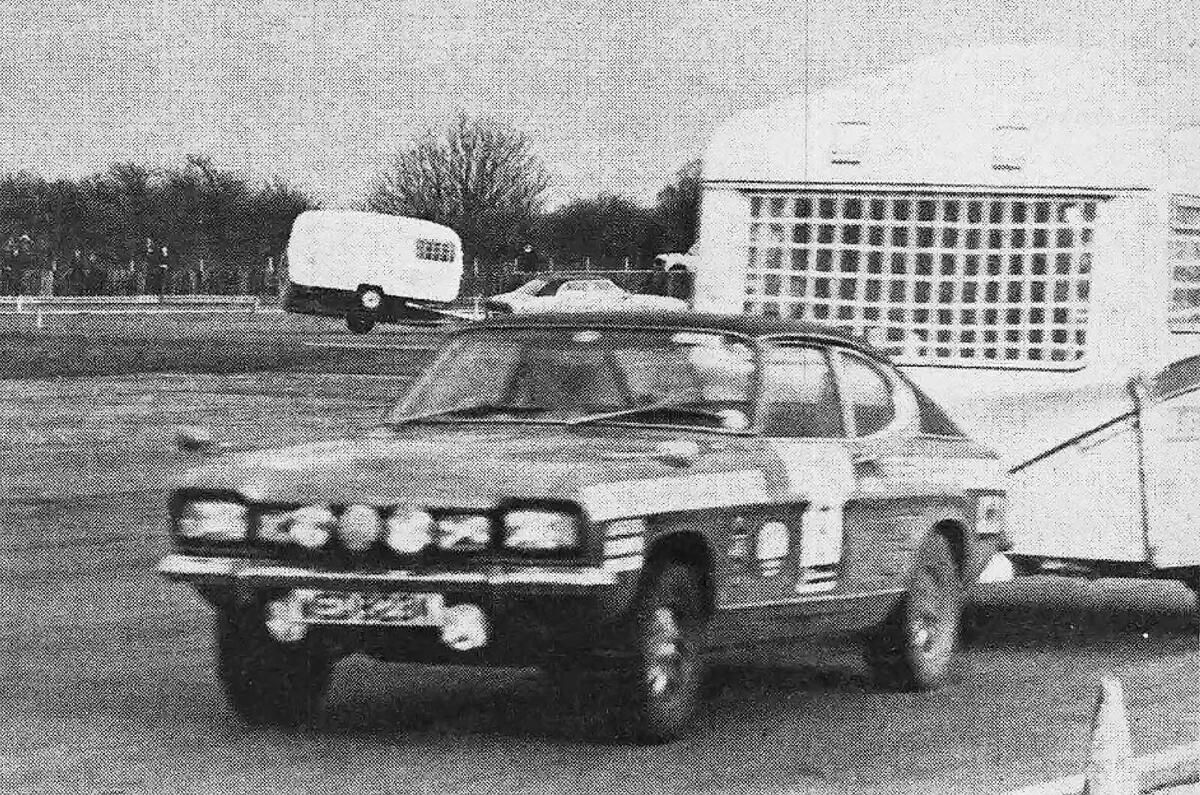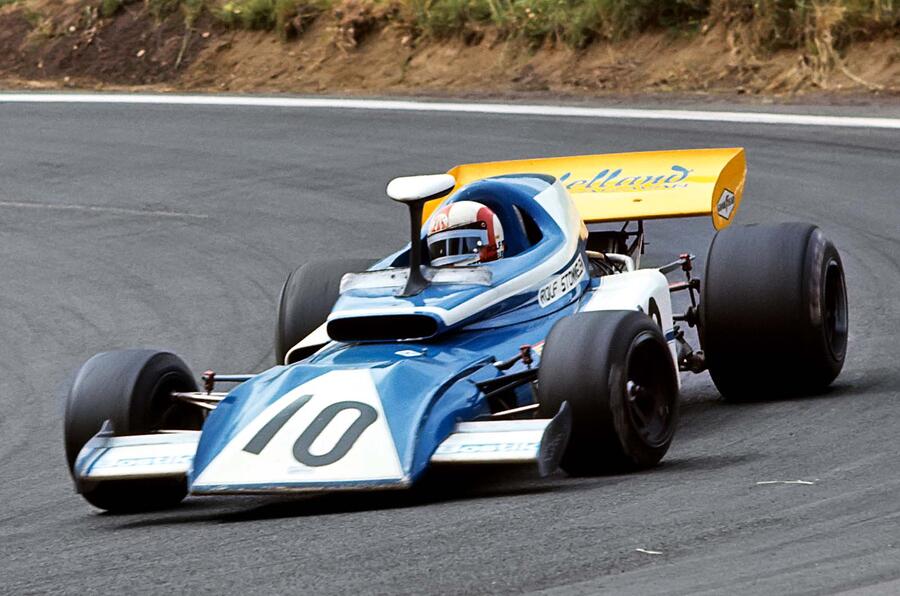Caravans and camper vans feature only rarely in Autocar these days – but half a century ago they were a regular and prominent topic, reflecting the popularity of such vehicles among the British public.
Before the advent of cheap flights abroad, hauling a very small, very basic hotel room into a field somewhere was how the average family could ‘get away from it all’.
Caravans were nothing new: the UK’s Caravan Club is 118 years old. But the austerity of post-war Britain led to a ‘golden age’ for them in the 1960s and 1970s, as car ownership had become a realistic prospect for the middle and working classes and people were starting to have more money to spare on pleasure.
In the 1950s, around 3000 caravans were being made in the UK annually; by 1972, that figure had soared to a peak of 67,000.
Already by 1959, the caravan industry had outgrown its corner of the London motor show and held its own Earl’s Court expo, with some 46 makers and 86 suppliers, service providers and traders in attendance.
“There is no doubt that, at the moment, the British caravan industry leads the world,” we reported proudly. From Astral through Eccles and Lynton to Sprite, we saw many “caravans of excellent design and construction”.
Enjoy full access to the complete Autocar archive at the magazineshop.com
By then the British Caravan Road Rally was already well established, featuring tests of hill climbing, fast towing, braking and distance judgement – not to forget a very inelegant concours d’elegance.
Later, track tests and even racing were added. We reported from Silverstone in 1973: “There was a fantastic battle between the Ford Mustang and Cavalier of Brian Charig and Colin Grewer’s potent-sounding Volvo 131 and Bailey Mikado.
Inevitably Charig was able to draw away on the straights, but Grewer repeatedly caught up by taking the corners of the Club circuit under full power and with little or no preliminary braking. The average speed was nearly 60mph.” Mad! But we’re getting ahead of ourselves.
Back to 1965, and the van conversion industry was booming too. Camper vans weren’t bound by the 40mph limit of caravans and were simpler to drive but mostly lacked standing height and had far fewer amenities. “The old ‘penny wise, pound foolish’ theory applies very much. It can be a mistake to buy too simple a model,” we advised.





Join the debate
Add your comment
It's called staycation, more people in the past ten years or so have done this because of recession,Brexit COVID etc, and every Summer there are hundreds of Vans that come from all over Europe to the UK, there not any bother unless your an impatient driver and if you travel at certain times of the day there aren't so many on the road, personally I've only ever done Caravaning two or three times and I'd say it's not my first choice, don't know what it is but it's not for me.